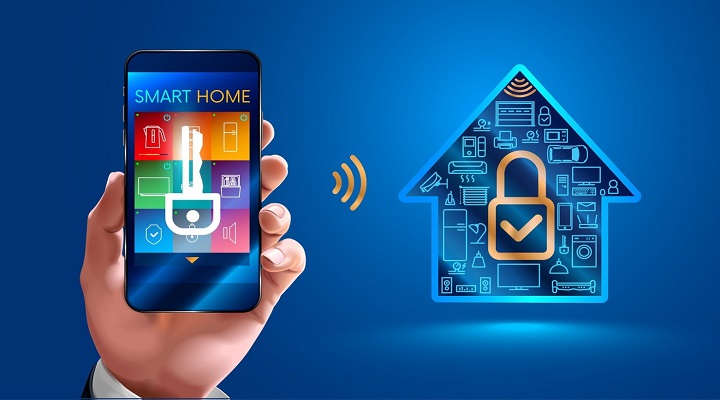We can now control anything from our home appliances to our security systems via our smartphones thanks to the Internet of Things (IoT). This has completely changed the way we interact with our environment. IoT gadgets do, however, come with security threats, especially when it comes to our homes, just like any other technology.
What is IoT?
IoT is everywhere, but what actually is it? IoT describes a network of physical devices, vehicles, appliances, and other objects that are embedded with sensors, software, and network connectivity, which enables them to collect and exchange data with other devices and systems over the internet.
It allows devices to communicate with each other and with humans and use can range from smart homes and cities to industrial automation, healthcare, and transportation.
What security threats come from IoT?
With something this vast it of course means that there are risks involved. The fear that hackers could access our personal information or remotely control our gadgets is one of the main dangers connected to IoT devices. The risk to you and your family increases, for instance, if a hacker gains access to your smart thermostat and changes the temperature in your house or even turns it off entirely.
How to protect your home from IoT threats?
Here are four examples of actions you can take to safeguard your smart home:
1. Change default passwords
Always replace the devices’ default passwords with something more secure. Make your password complex and one-of-a-kind by using a combination of uppercase and lowercase letters, numbers, and symbols.
2. Update your devices regularly
Ensure your devices are always updated with the most recent firmware and security fixes. By doing this, you can assist in closing any holes in security that could have been found and lower the danger of a cyberattack.
3. Be aware of the risks of sharing your personal information
Be careful how much personal information you give your devices. While having your smart assistant be aware of your daily routine may be useful, it also provides cyber criminals with a simple way to observe your habits and activities.
4. Be careful about where you add your payment card details
Last but not least, think about spending money on a home security system that incorporates Cyber Security safeguards like firewalls and intrusion detection systems. This may add an additional layer of defence against potential online attacks.
We should be aware of the security concerns and take precautions to safeguard ourselves and our houses even though IoT gadgets can make our lives more convenient and connected. We can profit from smart home technology while protecting our private information and physical safety by adhering to these best practices.

Leave a Reply